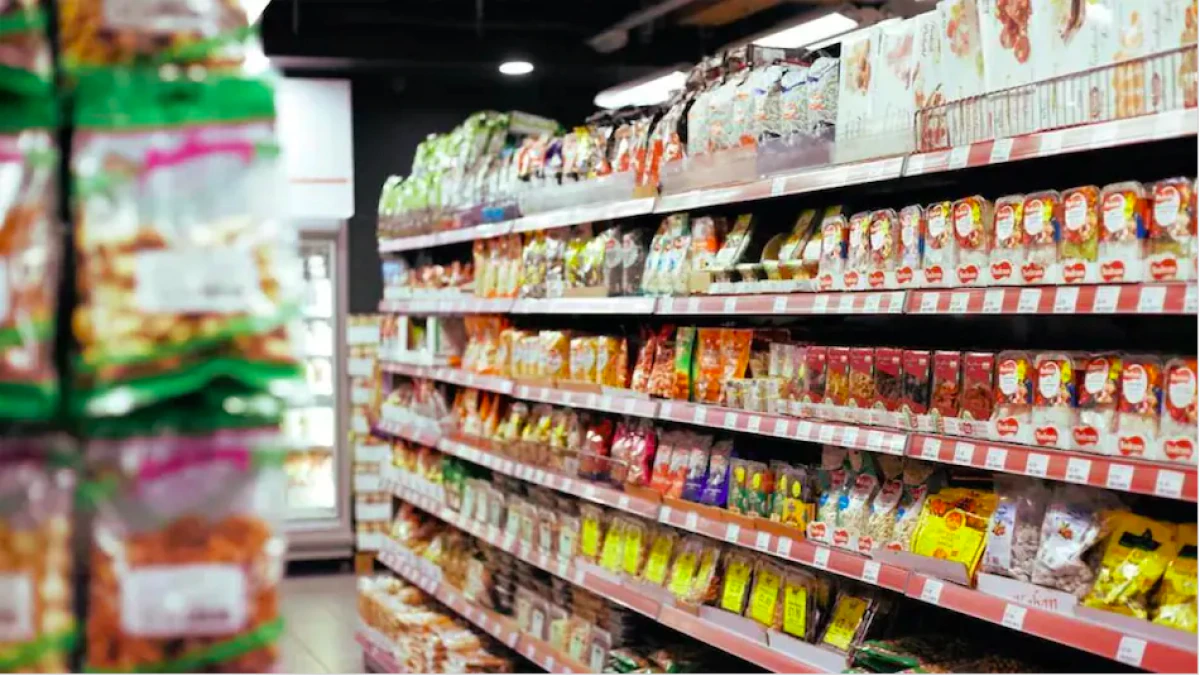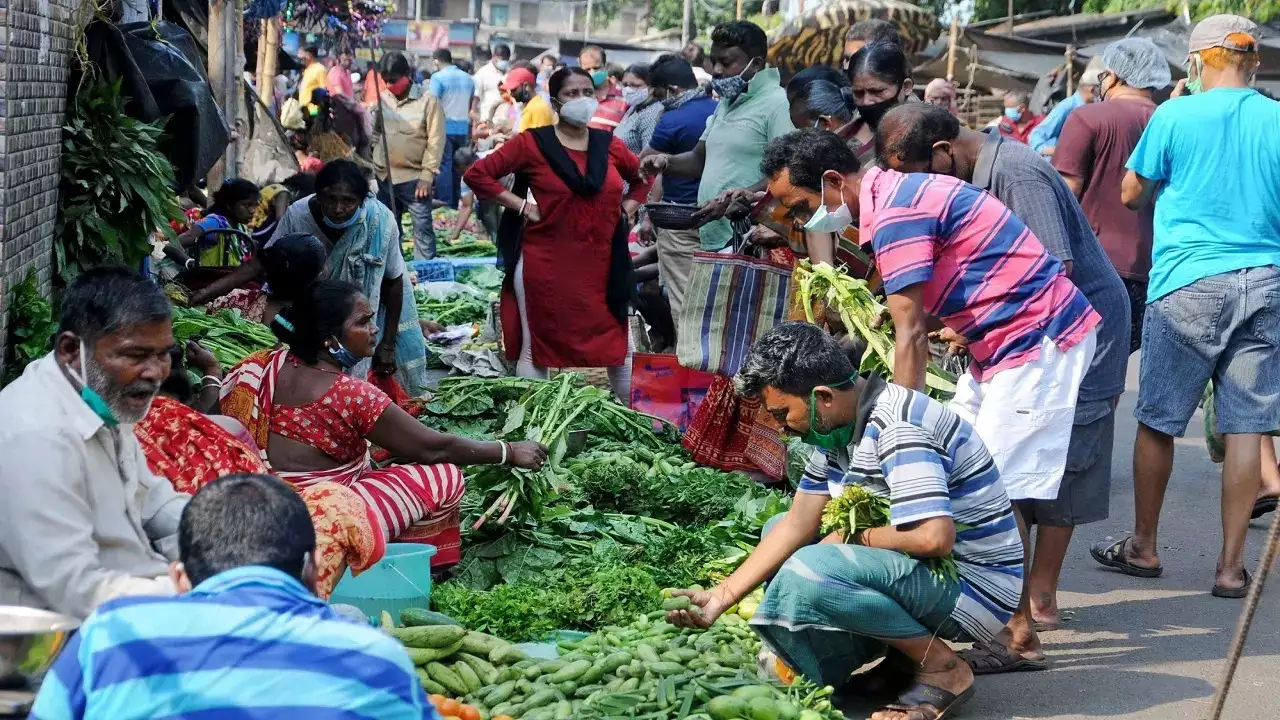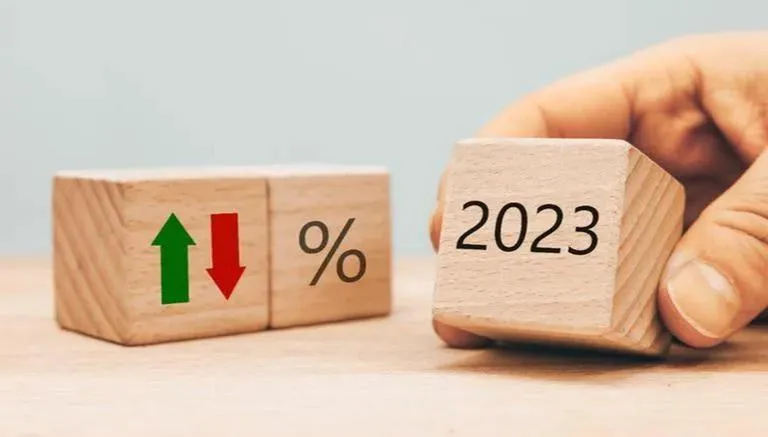“Consumers hit hard as inflation surges to 6.52%, the highest in 3 months”
India's consumer price inflation rose in January and exceeded the Reserve Bank of India's (RBI) upper tolerance level of 6%, marking the end of its recent downward trend. This increase has led some analysts to predict that the RBI's Monetary Policy Committee (MPC) will implement another rate hike in April.

India’s consumer price inflation rose in January and exceeded the Reserve Bank of India’s (RBI) upper tolerance level of 6%, marking the end of its recent downward trend. This increase has led some analysts to predict that the RBI’s Monetary Policy Committee (MPC) will implement another rate hike in April.
The rising inflation rate could have far-reaching consequences for the Indian economy, including increased borrowing costs and decreased spending power for consumers. The MPC’s decision will be closely monitored by investors and economists alike as they assess the impact of the latest inflation data on India’s financial landscape.
On Monday, the National Statistical Office released new data revealing an unexpected rise in the Consumer Price Index-based inflation rate, which reached a three-month high of 6.52% in January. This marks an increase from 5.72% in December.

The data shows that prices across various categories, such as food and beverage, housing, and services, have risen, with food prices being the primary driver of this trend. The news is likely to have an impact on consumers, as higher prices may affect their purchasing power and overall cost of living.
In recent news, core inflation – which does not include food and fuel prices – has remained consistently high, exceeding 6%. The increase in inflation comes shortly after the Reserve Bank of India lowered its retail inflation forecast for the January-March quarter by 20 basis points to 5.7%.
In response to this inflationary pressure, the Monetary Policy Committee (MPC) has decided to increase the repo rate by 25 basis points. The MPC has also emphasized the need for further action to keep inflation expectations under control and break the persistence of core inflation. This is expected to strengthen the medium-term growth prospects. The committee has indicated that calibrated monetary policy measures will be necessary to achieve these goals.
According to Abheek Barua, the chief economist at HDFC Bank, the battle against inflation is far from over, and the decrease seen towards the end of 2022 was neither widespread nor lasting. Barua suggests that if the Reserve Bank of India (RBI) considers long-lasting disinflation to be dependent on core inflation levels, the terminal policy rate may be higher than anticipated by the market.
Therefore, it is likely that the RBI will raise interest rates at its April policy meeting without any change in its stance. Bank of Baroda’s chief economist, Madan Sabnavis, agrees that while there may be a moderation in the headline figure, inflation will remain high over the next two months.
According to a recent statement, the Reserve Bank of India’s (RBI) decision and position have been supported by current inflation figures. There is a possibility of another rate increase in the next few months if inflation remains above 6%. However, this is currently seen as unlikely.

According to recent reports, food inflation has increased to its highest level in three months. In January, the inflation rate rose to 5.94%, up from 4.19% in December. This has been attributed to an increase in the inflation rate of several food items, including cereals, protein-rich foods like eggs and meat, milk, vegetables, fruit, pulses, spices, and edible oil. Of these, spices and cereals have faced double-digit inflation, at 21.1% and 16.1% respectively.
Other items such as milk, eggs, and meat have also seen significant increases in inflation. However, some items like vegetables, sugar, edible oil, and fruit faced lower inflation in January.
Inflation in personal care and effects experienced a significant increase, rising to 9.6% in January from 8.1% in the previous month. Additionally, healthcare inflation also rose from 6.1% in December 2022 to 6.4% in January.
On the other hand, there was a slight decrease in clothing and footwear inflation, which dropped from 9.6% to 9.1%. However, footwear prices remained high at 10.5%. Inflation in fuel and light also decreased slightly from 11% in December to 10.85%. Similarly, inflation in transport and communication also saw a slight decrease from 4.9% to 4.5%.
Furthermore, services inflation, which includes health, education, transport and communication, recreation, and personal care, has also increased to a five-month high of 6.21%, up from 6.17% in December. The overall rise in inflation could have significant implications for the economy and consumers, as it could lead to increased prices and reduced purchasing power.
There was a notable increase in inflation rates for both rural and urban areas. The inflation rate for rural areas rose from 6.05% in December to 6.85%, while urban consumers experienced a retail price increase of 6%, up from 5.4% in December. This recent development indicates that rural inflation has been outpacing urban inflation in recent months.
According to Sunil Kumar Sinha, the principal economist at India Ratings & Research, the sale of 3 million tonnes of wheat by the government has not had a significant impact on the market prices. He suggests that the sale of wheat at Rs 2,350 per quintal to bulk users through e-auction might help reduce open market wheat prices, combined with the higher wheat production compared to last year.
Aditi Nayar, the chief economist at ICRA Ratings, also expects the food inflation print to drop below 6 per cent, thanks to the fall in prices of several food items and a high base. She adds that the 3.3 per cent increase in acreage has improved the rabi output prospects due to early sowing, improved fertiliser availability, and healthy reservoir storage.

The Reserve Bank of India’s (RBI) Governor Shaktikanta Das recently revealed in a monetary policy announcement that the country’s retail inflation, as measured by the annual change in the consumer price index (CPI), is predicted to increase by 6.5% in FY23, before dropping to 5.3% in FY24. Despite this forecasted decrease, Governor Das cautioned that inflation is still persistently high. The CPI is used to monitor changes in the prices of goods and services that households purchase for their everyday needs.
The central government has mandated the Reserve Bank to maintain the retail inflation at 4% with a margin of 2% on both sides. The recent CPI inflation for January has come as a negative surprise, making the job of the RBI’s Monetary Policy Committee (MPC) more challenging. However, higher food prices may help the farmers and benefit rural demand, which has been suffering for a long time.
According to Rupa Rege Nitsure, Chief Economist of L&T Financial Holdings, the RBI may continue to stay hawkish for a couple of months before taking a pause. Meanwhile, Upasna Bhardwaj, Chief Economist of Kotak Mahindra Bank, said that the January inflation has exceeded expectations, and the previous softer readings were led by food prices.
The current reading has reversed the softness, and core inflation also remains elevated. These readings may unsettle the markets and increase the risk of more aggressive rate hikes. A 25-bps rate hike in April is now probable, and there is a possibility of a change in the future stance.
According to an unnamed source, the government should contemplate taking measures to reduce taxes, particularly on fuel, in order to mitigate inflation. Additionally, the source speculated that the central bank may raise interest rates by 25 basis points, equivalent to a 0.01 percentage point increase, in the near future.
Telangana registered the maximum inflation rate of 8.6% in January among the significant states, trailed by Andhra Pradesh (8.25%), Madhya Pradesh (8.13%), Uttar Pradesh (7.45%), and Haryana (7.05%). According to Madan Sabnavis, the Chief Economist at Bank of Baroda, inflation persists to be prevalent among most categories since businesses are still shifting the increased input expenses to consumers. This trend is likely to continue throughout the present quarter.
Edited by Prakriti Arora




